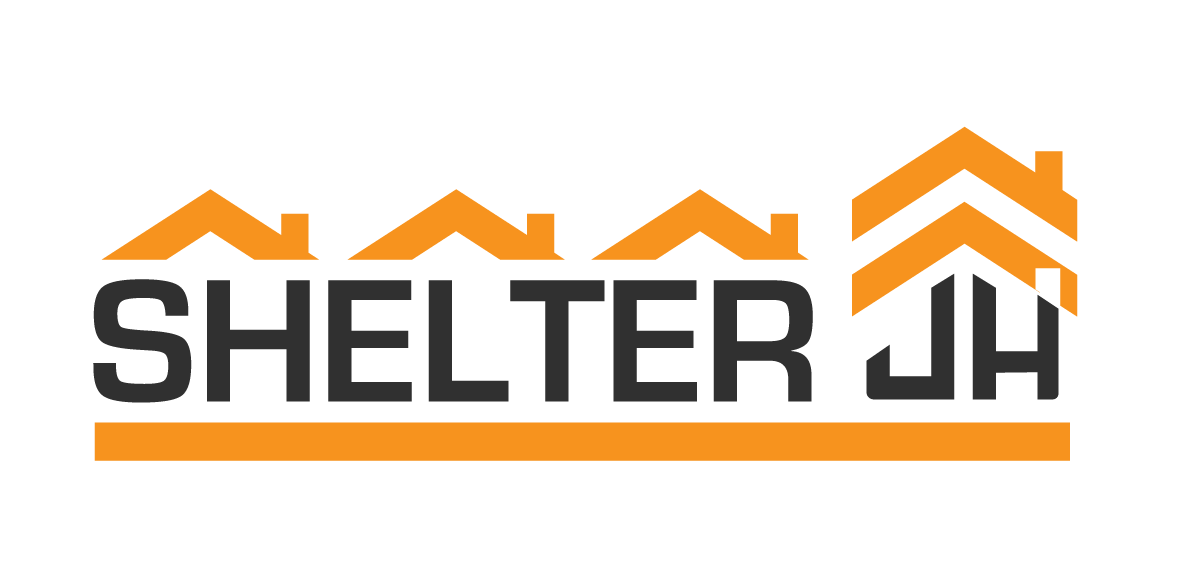ShelterJH Housing Glossary
Beware of Housing Lingo!
Our community uses a variety of terms in relation to housing, but there is not a standard housing language. The following list aims to clarify some of the commonly-used terms in Teton County.
These terms are important to understand when evaluating development proposals. Developers can use terms like “attainable,” “affordable,” “employee” and “workforce” when describing their proposals. If developers are not proposing to use publicly-vetted deed restrictions, local occupancy or affordability is not guaranteed.
- Affordable deed restriction: A type of deed restriction issued through the Housing Department. Affordable deed-restricted homes are available to local workers who earn below a certain amount of money (120% MFI).
- Affordable: Housing is considered affordable if the monthly rent or mortgage payment is equal to or less than 30% of gross household income before taxes.
- Capital gap: The amount of money needed to build a housing unit less how much occupants are able to pay to rent or purchase the unit. The capital gap is often covered through a variety of sources including public funding, philanthropy, density bonuses, etc.
- Comprehensive Plan (Comp Plan): A community-developed plan that states the community’s vision for future growth and development
- Deed restriction: Legal restrictions put on housing units to keep them affordable. Floor to area ratio (FAR): The ratio of a building’s floor area to the plot of land it is on. For example, if half the lot is covered in a one-story building, that is a .5 FAR. If half the lot is covered in a 2-story building, that is a 1.0 FAR. Generally, FAR limits building size in zoning rules.
- Habitat for Humanity of the Greater Teton Area: A private 501(c)(3) non-profit that builds homes for those earning under 80% MFI. Habitat keeps costs low by offering no-interest mortgages, requiring sweat equity from owners, and using volunteer labor.
- Housing Authority Board (HAB): HAB is one of two advisory boards to the Jackson/Teton County Affordable Housing Department. Board members provide input on the management of government-owned homes, consider Critical Services Provider applications, and hear appeals of decisions made by the Housing Manager.
- Housing Needs Assessment: An assessment of the housing market; resident and employee housing needs; and opportunities and constraints to providing housing that locals can afford. A Housing Needs Assessment was conducted in Teton County in March 2022. on March 7, 2022.
- Housing Nexus Study: A study that evaluates the impact of new residential and commercial development on the need for deed-restricted housing. A Housing Nexus Study was conducted in Teton County in March 2022.
- Housing Supply Board (HSB): HSB is one of two advisory boards to the Jackson/Teton County Affordable Housing Department. Board members counsel the Department Director on deed-restricted housing issues including selecting housing developers and creating new housing programs
- Jackson Hole Community Housing Trust: A private 501(c)(3) non-profit that builds homes and rents/sells them for below market rates. The Trust uses ground leases to restrict their homes to local workers.
- Jackson/Teton County Affordable Housing Department: A joint Town of Jackson and Teton County department that manages and facilitates the development of deed-restricted housing and administers community housing programs like the Preservation Program.
- Land development regulations (LDRs): LDRs are a set of regulations that govern development, zoning, and subdivision in the Town of Jackson and Teton County. LDRs implement the vision of the Comprehensive Plan.
- Low Income Housing Tax Credits (LIHTC): Federal funds in the form of tax credits used to incentivize the private sector to construct rental housing targeting lower-income households (<60% MFI). Federal funds are distributed to states based on population. In Wyoming, the Wyoming Community Development Authority (WCDA) allocates these funds through a competitive process.
- Median Family Income (MFI): A term that generally refers to the median incomes published annually for counties by the US Department of Housing and Urban Development (HUD). MFI is used to set income and rent limits for deed-restricted housing programs. See Teton County MFI here.
- Mitigation (residential/commercial): Requires new residential and/or commercial development to provide housing or pay fees for a portion of employees needed to fill the new jobs generated by the development.
- NIMBY: An acronym for “Not in My Backyard”, which is an informal term used to describe people who do not want to see any kind of development (especially affordable housing) in their neighborhoods while not objecting to similar developments outside of their vicinity; the opposite of YIMBY.
- Preservation Program: A public housing program that enables the Jackson/Teton County Affordable Housing Department to purchase deed restrictions on homes in Teton County from homeowners or homebuyers.
- Real estate tax: A tax on the sale of real estate. In Wyoming,state legislation is needed to legalize this tax.
- ShelterJH: A 501(c)(4) non-profit organization that builds grassroots support and political power to create policies that support the production of homes for locals. We are a 501(c)(4) so we have no limit on lobbying and can endorse pro-housing candidates during election season.
- Special Purpose Excise Tax (SPET): A sales tax that goes towards voter-approved projects in Teton County.
- Subsidy: A financial investment that allows a home to be rented or owned below the market rate.
- Transitional housing: Safe and supportive places to live for those who are temporarily in need of shelter while they secure longer-term housing.
- US Department of Housing and Urban Development (HUD): The federal agency that supports low- and middle-income Americans in safe, affordable, and fair housing.
- YIMBY: An acronym for “Yes in My Backyard”, which is an informal term used to describe people who welcome development (especially affordable housing) in their neighborhoods; the opposite of NIMBY.
- Workforce deed restriction: Housing intended for employees earning local wages. Workforce deed restrictions do not impose an income or asset limit on occupants, although occupants must be local workers.
- Workforce housing density bonus tool: An incentive tool that encourages developers to build workforce deed-restricted housing in certain areas by offering an increase in density allowance.
- Zoning: a part of urban planning that designates certain uses and regulations based on segmented land areas called “zones.”
Do you have questions about a term we have not listed here? Please email us: info@shelterjh.org.

